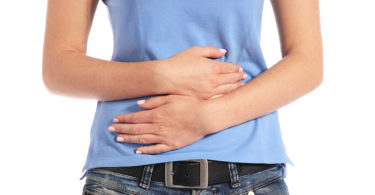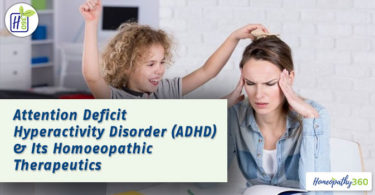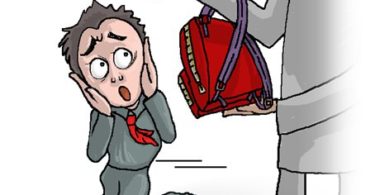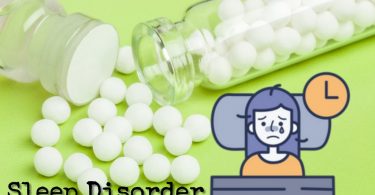Eat Adequately and monitor glucose levels regularly to avoid hypoglecemia
Hypoglycemia is imply defined as low glucose level in the blood . Mismatch in the insulin-food activity balance is the commonest cause .
This is documented by Whipples triad
1] symptoms consistent with hypoglycemia
2] low plasma glucose
3] relief those symptoms after the plasma , glucose level is raised glucose level< than 55 mg /dl with symptoms that are relied promptly after the glucose level is raised , document hypoglycemia (FBS-70 to 100) mg /dl PPBS-up to 140 mg/dl ) hypoglacemia cause seizures , morbidity , and if severe and prolonged it can be fatal
REGULATION OF GLCOSE LEVELS (GLUCOSE HOMEOSTATIS)
Physiologically , insulin is the only hormone capable of reducing blood sugar level , while all other hormones , especially the counter regulatory hormones (catecholamine, glucagons ,cotisol and growth hormone . )elevate the blood sugar level by mobilizing glycogen from the liver (glycogenolysis) and by synthesis of glucose from non glucose .sources (glyconeogenesis) . hence, the defence against hypogesemia is the surge of counter regulatory hormones , which mobiles the endogeneous source of glucose and also serve as a warning system by their adrenergic symptoms . This safety mechanism may fail when there is a defensive release of counter regulatory hormones or in the liver disease with impaired glucose storage and release
Human brain consumtion -5gm of glcose /hour
Blood flow to the brain -1litre /min
100 mg /dl glucose concentration supplies glucose glucose to 1,000 million brain cells
Glycogen storage of brain 1.5 (helps for normalbrain fubtion in hypoglyceama )
Lack of adequate glucose supply ,results in brain dysfunction ( neuroglycpenia ) and if prolonged leads to irreversible neuronal damage and death . The circulating glucose and concentration is determined by the balance between glucose input and utilization (it isdetermined by insulinstimulated glucose as well as by the alternative energy sources –muscles)
SYMPTOMS
1] Autonomic – hunger , sweating , anxiety , parasthesia (burningsensation of the limbs) , palpitation, tremors
2] neuroglycopanic –weakness , dizziness , headache confusion , behavior change ,cognitive dysfunction , blurred vision , hypo-thermia , seizyres , coma
CAUSES OF HYPOGLYCEMIA
1]delayed or missed meals
2] Excessive physical activity (more exercise –less food )
3] high dosage of diabetic drugs (oral drugs and insulin)
Other conditions ; critical organ failure , insulinoma , sepis hormone deficiencies , non beta cell tumours , inherited metabolic disorders and prior gastric surgery
HYPOGLYCEMIA AWARNESS
*nightmares , night sweats
* failure in recognizing the autonomic and neuroglycopnicsymptoms
*post hyperglycaemia hypogly caemia (lack of awarenessto take sugar in hypoglycemic condition due to previous hypoglycemic episode)
EMERGENCY MANAGEMENT
If conscious give a cup of fruit juice or tea or coffee with sugar . if conscious , shift to the nearest hospital . use the glucometer to check sugar levels , high blood glucose ( hyperglyaemia)and fluctuations in blood pressure would also induce giddiness and unconciousness
PREVENTION AND MANAGEMENT
The patient and the patients family should be educated and counseled about diabetic hypo-and hyperglycemia . glucometer usage and insulin delivery devices (some times patients unknowingly) take excess insulin while administering . Avoid self decision to take an excessive dose on seeing the elevated glucose levels in glucometer
Do not delay or miss meals . food should be split through the day to avoid mid –day drowsiness . some times vigorous exrcise with out reasonable food intake could cause hypoglycemia . so make sure to eat adequately . Avoid alcohol , regular check up . frequent self monitoring with glucometer at home , monthly blood/urine sugar checks every third monthwould prevent frefuent hypoglycemic episodes . incidence hypoglycemia is directly proportional to control





